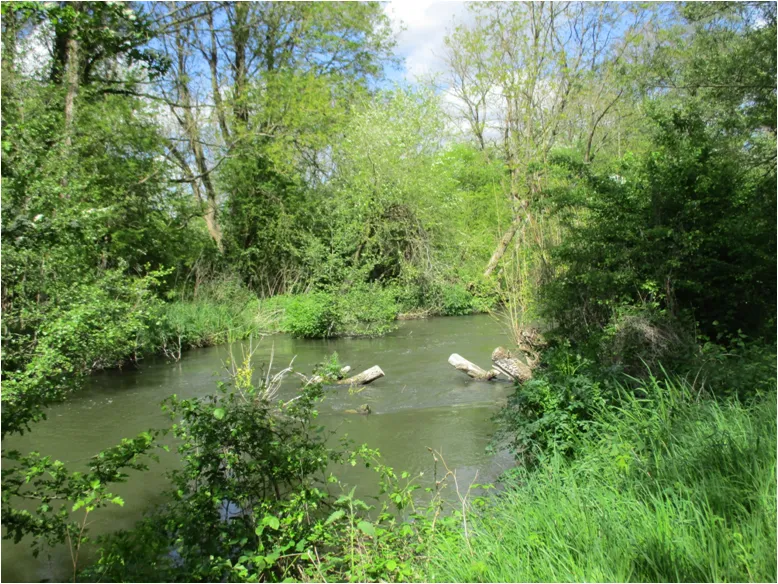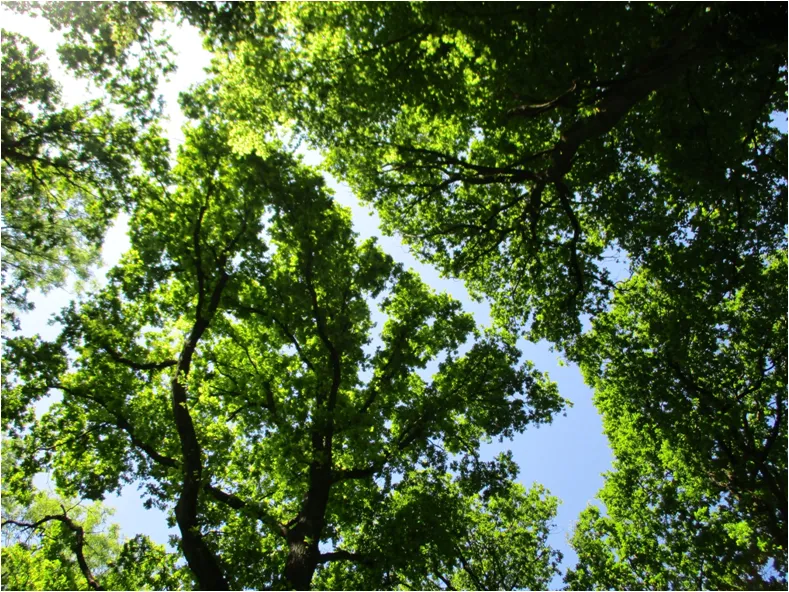Found 2 results
Open Access
Review
13 August 2025Allowing Space for Nature: Rewilding to Heal the Earth
The term “rewilding” often elicits strong emotions, especially as presented in the media. Thus, anger is provoked that farmers will be forced to waste precious cropland, letting it return to the wild, or from fear that dangerous animals will be released into the urban environment. With equal fervour, others, taking an approving view, comprise the growing movement of guerrilla rewilders, secretly breeding butterflies, birds and beavers, and illegally releasing them (e.g., “beaver bombing”) across the countryside. In truth, rewilding is a complex and widely encompassing proposition, which can be considered as a strategy within the natural climate solutions (NCS) [nature based solutions (NBS)] approach, aimed to restore and enhance wetlands, grasslands, forests, agricultural lands, seascapes etc. While exact definitions may vary, a key feature is that (after some initial support) it minimises the level of human intervention/management in a given region, instead encouraging natural processes to take the lead and self-manage, in the restoration, shaping and enhancement of natural ecosystems and of critical ecosystem functions. The resilience of such ecosystems should also be considered, especially in regard to how the impacts of a changing climate may prevail upon them. Rewilding is informed by science, traditional ecological knowledge (TEK), and other local (indigenous) knowledge. It is a long-term process with dynamic changes occurring over time, and rather than focussing on reaching a fixed endpoint, provides a continuous journey of letting nature’s processes unfold. This can lead to increased biodiversity, amelioration of and resistance to climate change, and the provision of ecosystem services, benefitting both nature and people, including economic opportunities for local and indigenous communities, along with improved overall health and well-being. Despite its manifold and clear benefits, rewilding (along with other NCS) is not a pancea for all our troubles, many of which are rooted in the systemic issue of human ecological overshoot, and it is this that must be addressed to begin fixing the current global polycrisis.

Open Access
Perspective
04 March 2024Trees—Protectors against a Changing Climate
There are estimated to be about 3 trillion trees on Earth, or about half the number that existed before the dawn of human civilization. Trees are vital to at least four major biogeochemical cycles, namely, the carbon, water, nitrogen and oxygen cycles. In addition to absorbing carbon, and releasing oxygen through photosynthesis, trees are critical for maintaining biodiversity, providing habitat for 80% of land based wildlife, feeding the soil, generating clouds and increasing albedo (thus causing global cooling), influencing rainfall and weather patterns. The loss of trees, therefore, weakens our chances of reaching climate and biodiversity targets, and so proforestation and other practices to stringently preserve the functionality of and holistically restore forest ecosystems, must be adopted as a matter of urgency, paying due attention to soil, and species diversity including mycorrhizae; not being limited to insouciant “tree planting” solutions. Indeed, due to the tardiness of our actions to repair the Earth and its climate, severe restrictions to the cutting of mature trees must actually be enabled globally. However, this alone is not enough, and must be integrated with other forms of land, wetland, grassland and agricultural protection and restoration. Such Nature Based Solutions could provide over one-third of the climate mitigation needed by 2030 to keep within the 2 °C global heating limit. Nonetheless, it is also critical to curb greenhouse gas emissions at source, not only by implementing low-carbon, renewable energy, but also energy demand reduction strategies, such as insulating buildings, societal relocalisation, and local food growing.
